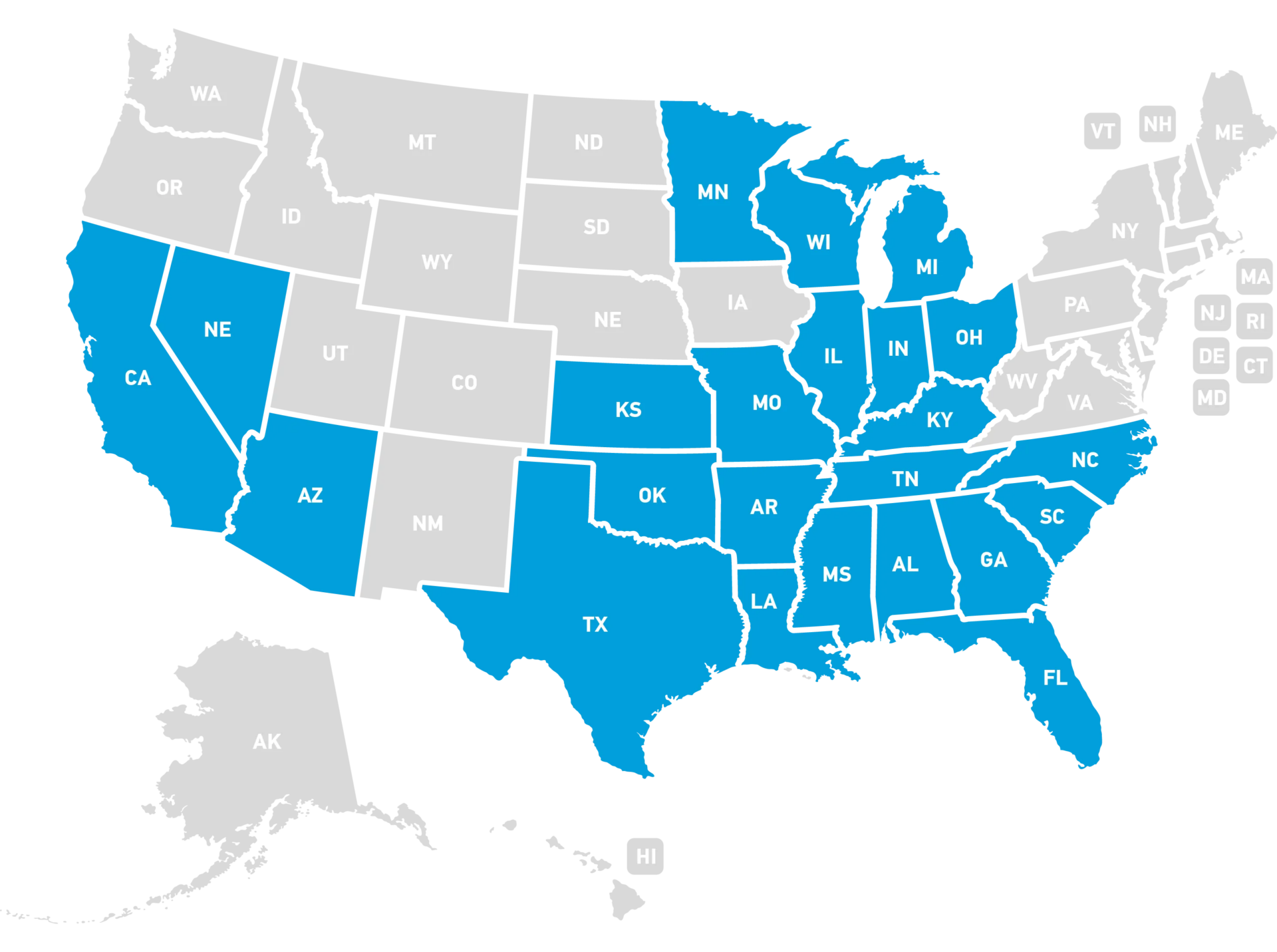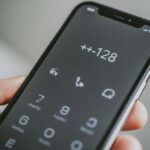The AT&T Fiber map is the primary tool customers use to determine if they can get access to AT&T’s high-speed, 100% fiber optic internet service. Unlike generalized coverage maps for wireless services, AT&T’s fiber availability is highly granular, often varying block by block.
The most accurate way to check for AT&T Fiber service is to bypass generic maps and go directly to the source. You must enter your specific home address on the official AT&T availability check page to get a definitive answer.
This comprehensive guide explains why AT&T’s fiber coverage is checked by address, where the service is generally available, and the steps you need to take to confirm your eligibility.

Why a General AT&T Fiber Map is Misleading
While AT&T provides general coverage maps showing which states have Fiber service, these maps are not precise enough to confirm service at your home. This is because:
- Fiber to the Home (FTTH): Fiber service requires running fiber optic cables directly to your residence, which is a massive construction project. Fiber service may be available on one side of a street but not the other.
- Overlay Networks: Fiber service often exists alongside older copper-based AT&T services (previously U-verse). The general map shows the presence of AT&T service, but only the address lookup tool confirms which type of service (Fiber or DSL/Air) is available to your specific unit.
Actionable Step: Check Your Address
The official AT&T check availability page is the only guaranteed way to determine if you can get AT&T Fiber.
- Go to the official AT&T website (or use the T-Mobile availability checker).
- Enter your full home address (including street number and zip code).
- The tool will instantly display the maximum internet speeds and plans (e.g., 300 Mbps, 1 Gig, 5 Gig) that are specifically available at your location.
If Fiber is not yet available, AT&T often provides an option to sign up for a notification so you are alerted when construction is complete and the service is available in your neighborhood.
AT&T Fiber Coverage: Where is it Available?
AT&T Fiber is the largest fiber network in the U.S. and is generally concentrated in major metropolitan and suburban areas across its 21-state footprint, which is primarily in the Southern and Midwestern regions of the country.
States with AT&T Fiber Service
The AT&T Fiber network is available in parts of the following states:
| Region | Example States |
| South / Southeast | Texas, Florida, Georgia, North Carolina, South Carolina, Louisiana, Tennessee, Mississippi, Arkansas. |
| Midwest | Illinois, Indiana, Michigan, Ohio, Wisconsin, Missouri, Kansas, Oklahoma. |
| West | California, Nevada. |
Major Cities with High Fiber Availability
While availability is never 100% across an entire metro area, AT&T has invested heavily in cities such as:
- Texas: Dallas, Houston, San Antonio, Austin
- Georgia: Atlanta
- Illinois: Chicago
- California: Los Angeles, San Diego
If you live in a dense, highly populated suburban or urban area within one of the states listed above, your chances of Fiber availability are significantly higher.
Frequently Asked Questions (FAQ)
How is AT&T Fiber different from AT&T Internet Air?
AT&T Fiber is a wired connection that uses light signals over fiber optic cables, providing superior speed, reliability, and symmetrical (equal download and upload) speeds up to 5 Gig. AT&T Internet Air is a wireless home internet service that uses the 5G cellular network and is primarily offered in rural or underserved areas as an alternative to DSL.
Does AT&T Fiber have data caps?
No. AT&T Fiber plans (Internet 300, 500, 1 Gig, 2 Gig, and 5 Gig) are generally advertised as having no data caps or overage fees, which is a significant advantage over many cable and wireless internet providers.
Why is my neighbor eligible for Fiber but I am not?
This is a common frustration due to the nature of Fiber expansion. You may be located at the “edge of the Fiber footprint.” Your neighbor may have been connected to a different junction box or have a fiber line running directly past their home but not yours. In this scenario, signing up for the notification list is the only action you can take to expedite service to your address.
Can I check Fiber availability using the FCC National Broadband Map?
While the FCC map is a helpful resource for viewing broadband coverage across the US, it is not always real-time. The map may show that Fiber is available in a general area, but for block-by-block precision, always use the dedicated AT&T address lookup tool.


